Understanding Sugar Addiction
Sugar isn’t just a simple ingredient found in desserts—it’s a powerful substance that impacts both our physical and emotional well-being. While it’s an essential energy source, the added sugars prevalent in many diets can trigger brain responses similar to addictive substances, like illegal drugs. With the average adult consuming far more added sugar than medically recommended, understanding this addiction is the first step toward healthier living. This guide will explore how sugar behaves in our bodies and minds, provide strategies for breaking addiction, and offer insights into creating a balanced diet that minimizes unnecessary sugar intake.
Recognizing the Signs of Sugar Addiction
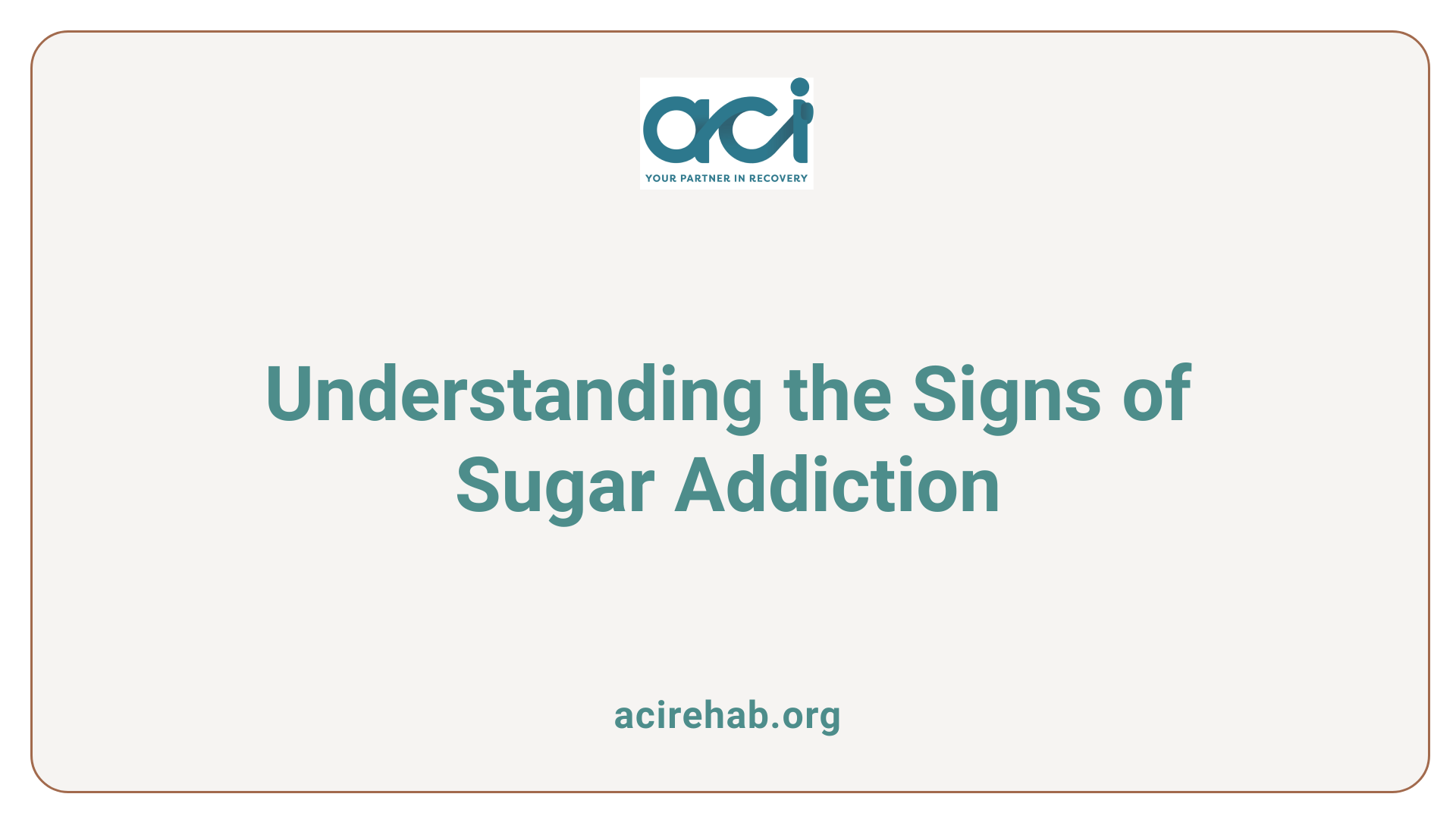
What does sugar addiction feel like?
Sugar addiction manifests as a strong psychological and physiological dependence on sugary foods. Individuals often report intense cravings that can overshadow their ability to make controlled dietary choices. The brain’s reward system is heavily impacted, activating dopamine release similar to the effects seen with addictive substances.
Notably, those facing sugar addiction might experience withdrawal symptoms such as irritability, mood swings, and fatigue when attempting to reduce their intake. This leads to compulsive behaviors, where sugary foods are sought out for emotional consolation, particularly during stressful periods.
The Cycle of Sugar Cravings and Consumption
The cycle of sugar cravings can create an emotional rollercoaster. After consuming sugar, many people feel a temporary high due to dopamine release, leading to cravings for more sugar shortly after as blood sugar levels drop. This cycle can prompt feelings of guilt and anxiety, especially if one attempts to avoid sugar but struggles with cravings. Embarking on this journey can sometimes lead individuals to neglect other activities in pursuit of satisfying their sugar cravings, which can mirror the impact seen with substance addictions.
This interaction between consumption, cravings, and psychological pressure underscores the need for awareness and management strategies to foster healthier habits and break free from reliance on sugary foods.
Strategies to Break Sugar Addiction
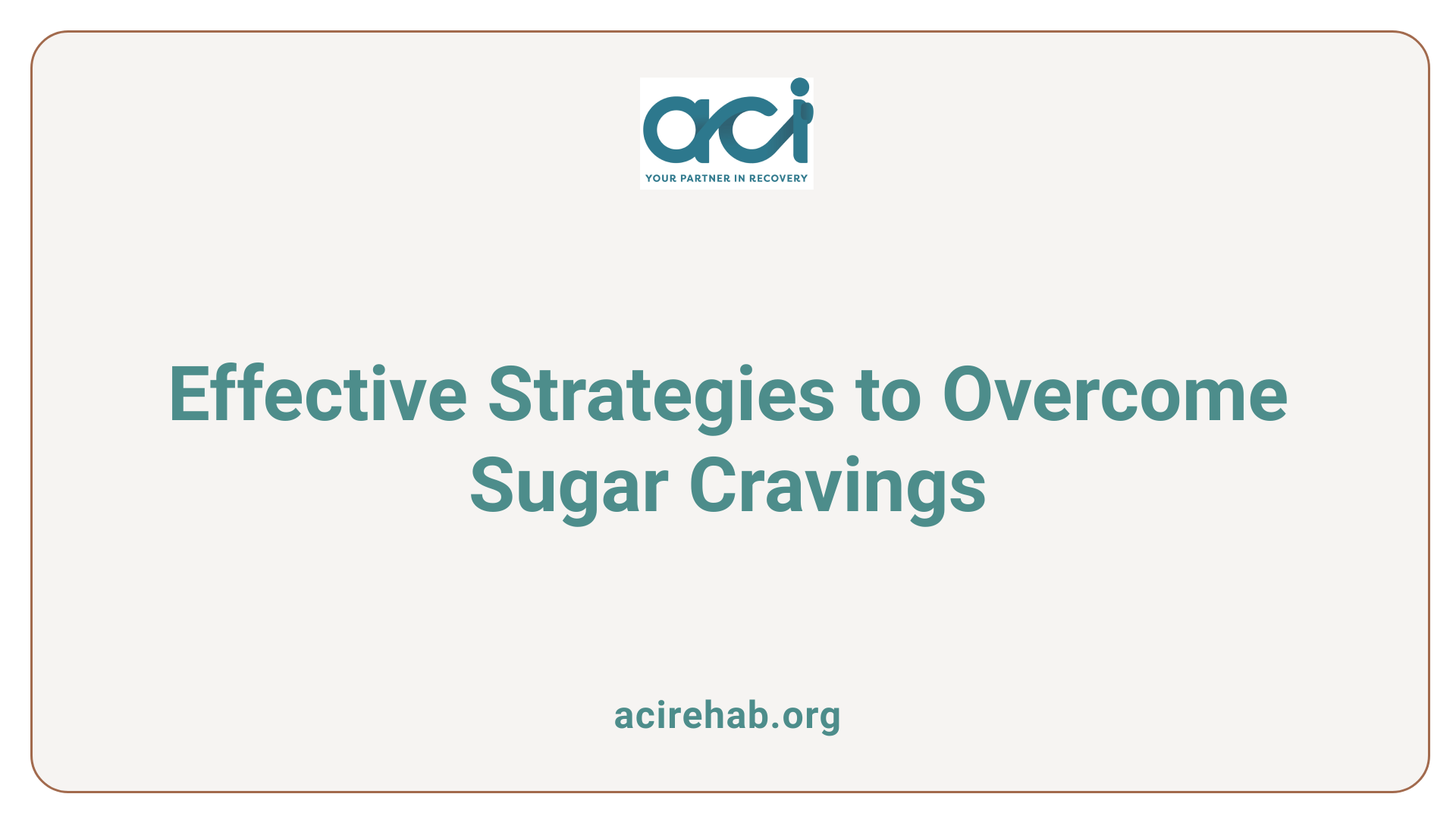
What are some effective strategies to break sugar addiction?
To successfully combat sugar addiction, a multi-faceted approach is crucial. Start by minimizing hidden sugars in your diet. Carefully read food labels to spot added sugars, which can appear under various names like high-fructose corn syrup or dextrose. It’s advisable to limit added sugars to under 5 grams per serving and maintain overall sugar consumption below recommended guidelines.
Another effective tactic is to alter consumption habits. Keeping sugary foods out of your home creates a barrier to impulsive eating. Whenever you feel a sugar craving, try substituting sugary snacks with healthier options, such as fruit, nuts, or yogurt. This not only helps satisfy sweet cravings but also provides essential nutrients.
How does managing stress and using mindfulness help?
Equally important is managing stress, which can provoke sugar cravings. Engage in activities that reduce stress levels, such as brisk walking, practicing mindfulness, or even taking a hot shower. These activities can distract you from cravings and activate feel-good hormones. Journaling or reflecting on your cravings can also help you understand underlying emotional triggers, enabling you to find healthier coping mechanisms.
Incorporating these strategies into your daily routine can lead to significant health improvements, such as better weight management and a reduced risk of chronic diseases.
How Long Does It Take to Curb Sugar Cravings?
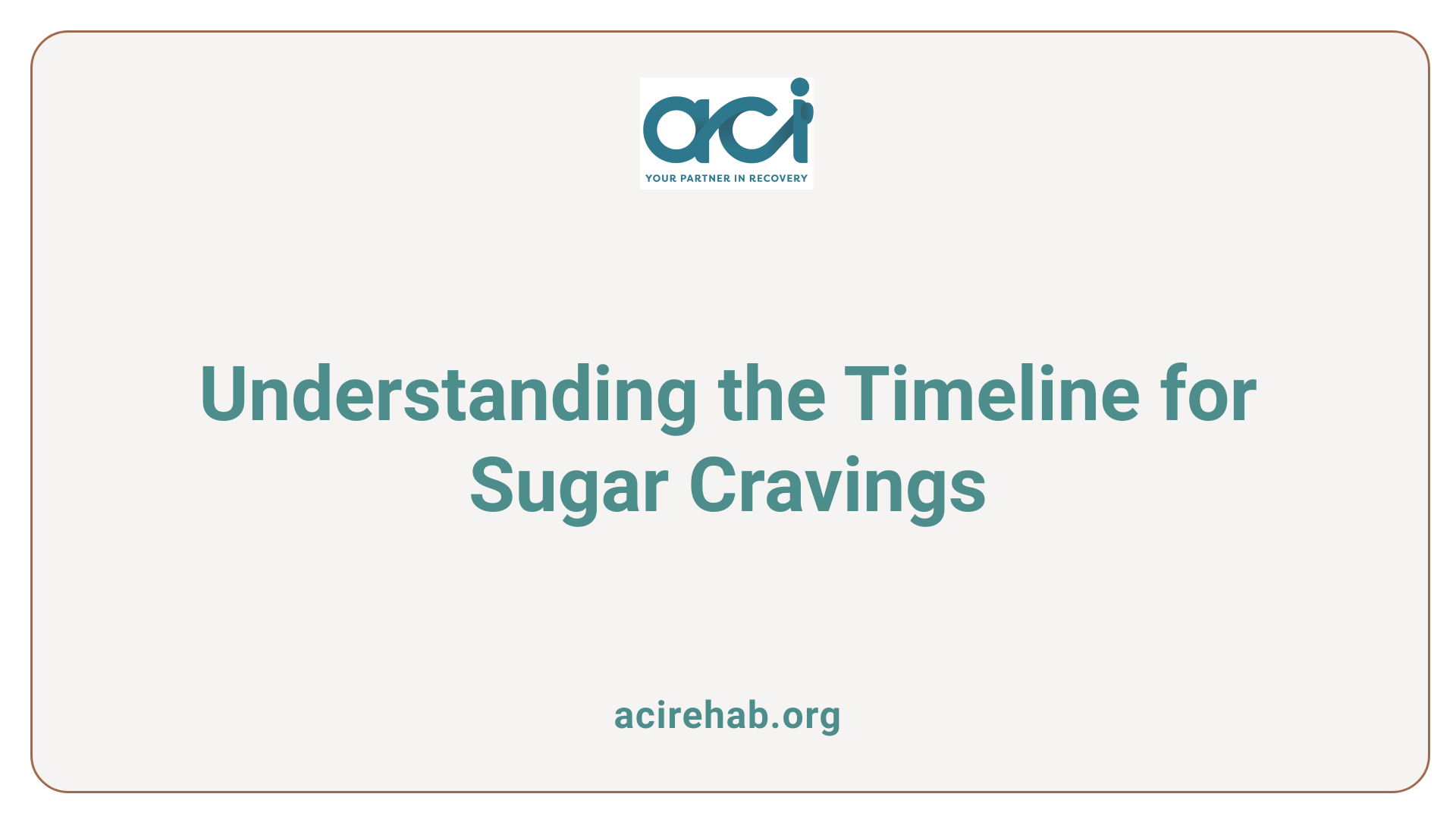
How long does it take to stop craving sugar?
The duration to stop craving sugar varies among individuals, but generally, it can take about four weeks to effectively retrain the brain and reduce cravings. This timeframe is crucial as sugar activates similar brain reward pathways as addictive substances, leading to intense cravings.
During this adjustment period, focusing on a balanced diet rich in fiber, protein, and healthy fats is vital. Foods that help stabilize blood sugar levels can significantly reduce cravings. Incorporating items like fruits, nuts, and whole grains can be especially beneficial.
Diet adjustments and lifestyle changes
Avoiding sugary processed foods during this time can further aid in managing cravings. Meal planning to ensure regular, nutritious meals every 3 to 5 hours can maintain balanced energy levels, helping to stave off cravings.
Mindfulness and emotional awareness techniques
Additionally, environmental cues and stress are known to amplify cravings. Hence, employing mindfulness practices, such as recognizing emotional eating triggers, can be extremely effective. By being aware of why you crave sugar — whether it’s hunger or emotional comfort — you can better navigate these urges.
Ultimately, a deliberate effort to cut back on sugar and incorporate healthier habits is essential for overcoming sugar cravings.
Dietary Changes to Combat Sugar Addiction
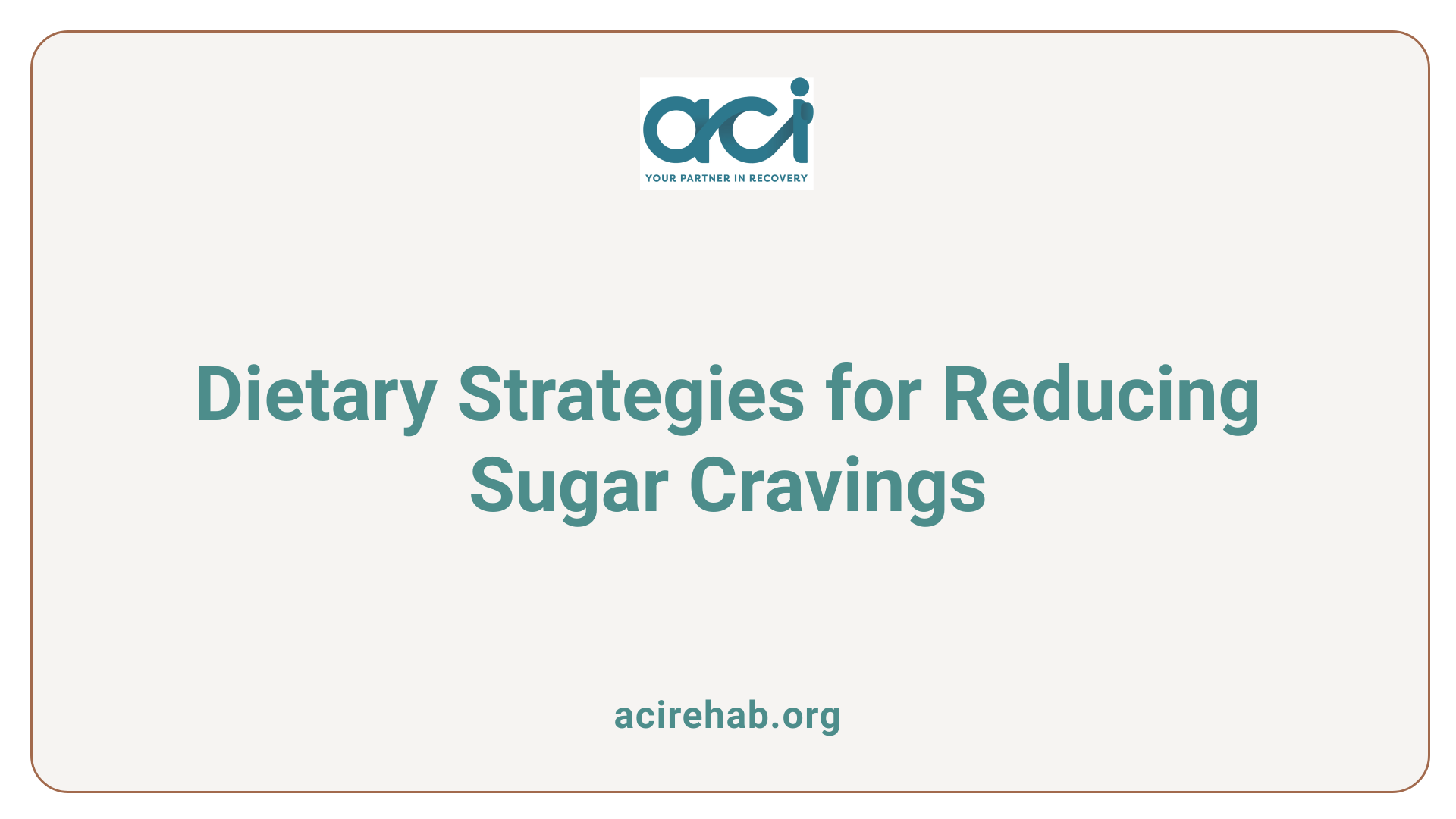
Role of a balanced diet
A balanced diet is crucial in managing sugar cravings and overall health. The Dietary Guidelines for Americans recommend that added sugars should comprise less than 10% of daily energy intake. Adopting a nutrition plan rich in whole foods, fruits, and vegetables can help stabilize blood sugar levels and reduce cravings. Five servings of fruits and vegetables a day not only provide nutrients but also help in maintaining energy and satiety throughout the day.
Incorporating protein, fiber, and good fats
Including protein-rich foods, such as meat, eggs, and yogurt, can effectively curb hunger and sugar cravings. These foods promote a feeling of fullness, which can prevent unnecessary snacking. Fiber-rich options like berries, chia seeds, and whole grains are also essential; they digest slowly and help maintain stable blood sugar levels. Healthy fats found in avocados and nuts can further enhance satiety by aiding digestion and controlling insulin responses.
Hydration and meal regularity
Staying hydrated is equally important, as thirst can mimic hunger and trigger cravings. Drinking water can help maintain stable blood sugar levels and manage appetite. Regular meals, spaced every 3 to 5 hours, prevent hunger-induced sugar cravings. Planning meals in advance and keeping healthy snacks on hand helps avoid spontaneous, unhealthy choices.
The Role of Exercise and Sleep in Managing Cravings
Impact of exercise on cravings
Regular physical activity plays a crucial role in managing sugar cravings. Exercise helps to reduce stress hormones and can effectively diminish the desire for sweet foods. Engaging in moderate exercise, such as brisk walking, not only releases endorphins but also distracts from sugar temptations, making it easier to resist cravings.
Importance of sleep quality
Sleep quality is essential for regulating hunger hormones. Insufficient sleep increases levels of ghrelin, the hunger hormone, which can lead to heightened cravings for sugary foods. Establishing a regular sleep routine can help combat these cravings and stabilize energy levels throughout the day.
Balancing hormones with lifestyle
Maintaining a balanced diet rich in complex carbohydrates, proteins, and healthy fats supports hormone regulation. Combining these dietary choices with adequate sleep and regular exercise fosters a more stable blood sugar level, which can effectively reduce cravings.
Stress management strategies
Stress often triggers cravings as individuals seek comfort in sugary foods. Incorporating stress-reduction techniques such as mindfulness, yoga, and regular physical activity can help manage cravings more effectively. Developing a support system or engaging in hobbies can serve as alternatives to sugar, providing emotional satisfaction without the caloric load.
Understanding and Preventing Sugar Triggers
Emotional vs. Physiological Hunger
Sugar cravings can stem from different types of hunger, including:
- Stomach hunger: The physical need for food when the stomach is empty.
- Mouth hunger: Triggered by sensory experiences, like the taste and texture of sugary foods.
- Heart hunger: Emotional needs that drive us to seek comfort in food, often leading to a craving for sweets.
Understanding these distinctions can help individuals recognize when they are genuinely hungry versus when they are seeking emotional comfort.
Common Triggers for Cravings
Several factors can trigger sugar cravings, including stress, emotional instability, lack of sleep, and even seeing or smelling sugary foods. Keeping certain environments sugar-free can help mitigate these triggers. Additionally, nutritional deficiencies may lead to cravings, so maintaining a balanced diet can alleviate this issue.
Stress-Relief Alternatives to Sugar Consumption
Engaging in alternative activities can serve as effective strategies to manage cravings. Consider trying:
- Physical activity: A brisk walk or exercise can release endorphins, reducing the urge for sugar.
- Talking to a friend: Connecting with others can provide emotional support without relying on food.
- Hobbies: Redirecting focus to creative or engaging activities helps replace the habit of reaching for sweets.
Implementing these strategies not only offers immediate relief from cravings but also fosters long-term well-being.
Simple Dietary Substitutions to Healthier Eating
Natural Sweeteners vs. Sugary Foods
When choosing sweeteners, it’s vital to distinguish between natural sugars and added sugars. Natural sources like fruits can satisfy sweetness cravings while providing essential nutrients and fiber. In contrast, added sugars in processed foods offer little to no health benefits and can lead to spikes in blood sugar that trigger further cravings.
Substituting Healthier Snacks
Replacing sugary snacks with healthier options can drastically improve your diet. Instead of reaching for a candy bar, consider snacks like:
- Nuts and seeds – Rich in healthy fats and protein, they help curb hunger.
- Greek yogurt – High in protein, it helps regulate appetite.
- Fruits – Berries or apples can satisfy sweet cravings without added sugars.
- Dark chocolate – A moderate portion can help temper chocolate cravings due to its lower sugar content.
Recognizing Sugar in Processed Foods
Reading labels is essential to avoid hidden sugars. Added sugars appear under various names such as dextrose, fructose, and corn syrup. The American Heart Association recommends limiting added sugars to under 10% of daily energy intake, or no more than 6 teaspoons for women and 9 for men. Understanding these terms can empower you to make healthier choices.
Creating a Supportive Environment
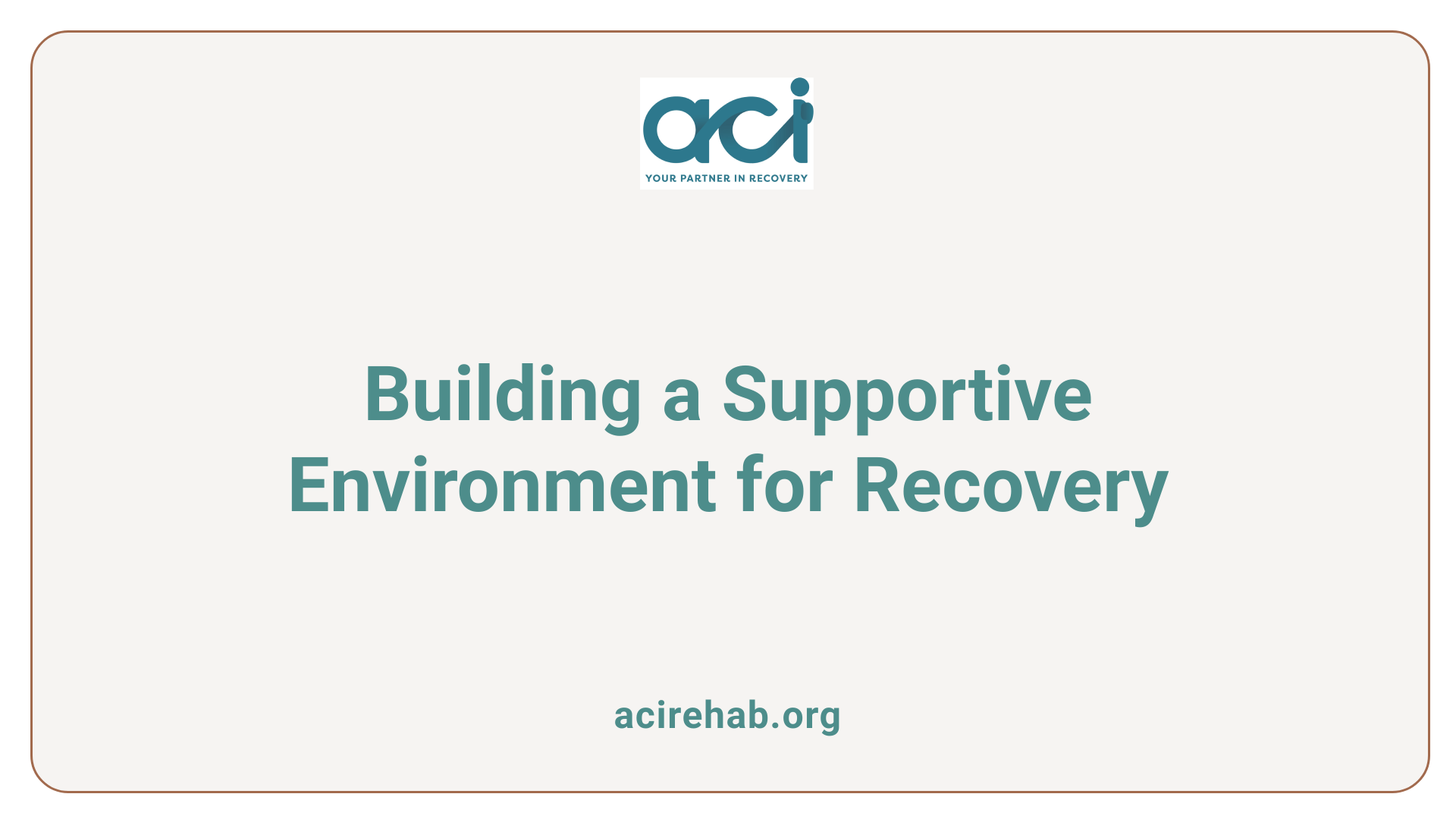
Setting Up a Sugar-Free Kitchen
Creating a sugar-free kitchen is one of the most effective ways to manage sugar cravings. Begin by removing sugary snacks and processed foods from your home. Stock up on healthier alternatives like fruits, nuts, and seeds. Keep items like dried fruits and dark chocolate handy, as they can satisfy sweet cravings while providing nutrients. Meal planning is crucial; designate days to prep healthy snacks and meals that prevent spontaneous junk food choices.
Social and Community Support
Having a supportive network can significantly impact your journey towards reducing sugar intake. Engage friends and family in your goals, share healthy recipes, and even organize meal prep days together. Joining communities or support groups, such as Food Addicts in Recovery Anonymous (FA), can provide encouragement and accountability. Discussing your challenges and celebrating victories can strengthen your commitment to a healthier lifestyle.
Building Sustainable Habits
Focus on gradual changes rather than drastic detoxes to foster long-term success. Utilize strategies like keeping a food journal to track your intake, recognize triggers, and identify emotional connections to sugar. Engaging in regular physical activity not only alleviates stress but also combats cravings by releasing endorphins. Cultivating a routine of healthy eating, adequate hydration, and sufficient sleep can lay the foundation for lasting change.
Evaluating Treatment and Professional Support Options
Cognitive-Behavioral Therapy and Counseling
Cognitive-behavioral therapy (CBT) is an effective approach for those struggling with sugar addiction. CBT helps individuals understand the connection between their thoughts, feelings, and eating behaviors. By challenging negative patterns, clients can develop healthier coping mechanisms and strategies to manage cravings.
Support Groups for Sugar Addiction
Support groups can provide a sense of community and shared experiences, which is crucial for recovering from sugar addiction. Programs like Food Addicts in Recovery Anonymous (FA) offer structured support and accountability, allowing participants to discuss challenges and celebrate successes together. These environments can foster a sense of belonging and reduce the isolation often felt during dietary changes.
Role of Healthcare Professionals
Healthcare professionals play a vital role in addressing sugar addiction. Registered dietitians can provide personalized dietary counseling, helping individuals identify sources of added sugars in their diets and develop balanced meal plans. Additionally, a healthcare provider can assess for underlying nutritional deficiencies, recommend suitable supplements, and support overall health strategies. A comprehensive approach, including medical guidance, therapy, and community support, is essential to successfully overcoming sugar addiction.
Building a Life with Less Sugar
Conquering sugar addiction is a journey that requires patience, awareness, and change. By understanding the underlying causes of cravings and implementing effective strategies, individuals can significantly reduce their sugar intake, leading to improved health and well-being. It’s essential to adopt a holistic approach that includes dietary changes, lifestyle adjustments, and seeking professional support where necessary. Ultimately, the reduction of sugar in one’s diet not only alleviates immediate addiction symptoms but also lays the foundation for a healthier future free from the constraints of sugar’s lure.
References
- How To Break Your Sugar Addiction
- 13 Ways to Fight Sugar Cravings – WebMD
- A Simple 3-Step Plan to Stop Sugar Cravings – Healthline
- Sugar Addiction: Symptoms, Causes, Effects, And Treatment
- Twelve Steps to Break Your Sugar Addiction
- 19 Foods That Can Fight Sugar Cravings – Healthline
- How To Stop Eating Sugar: Tips, Swaps, and Cravings – ZOE

